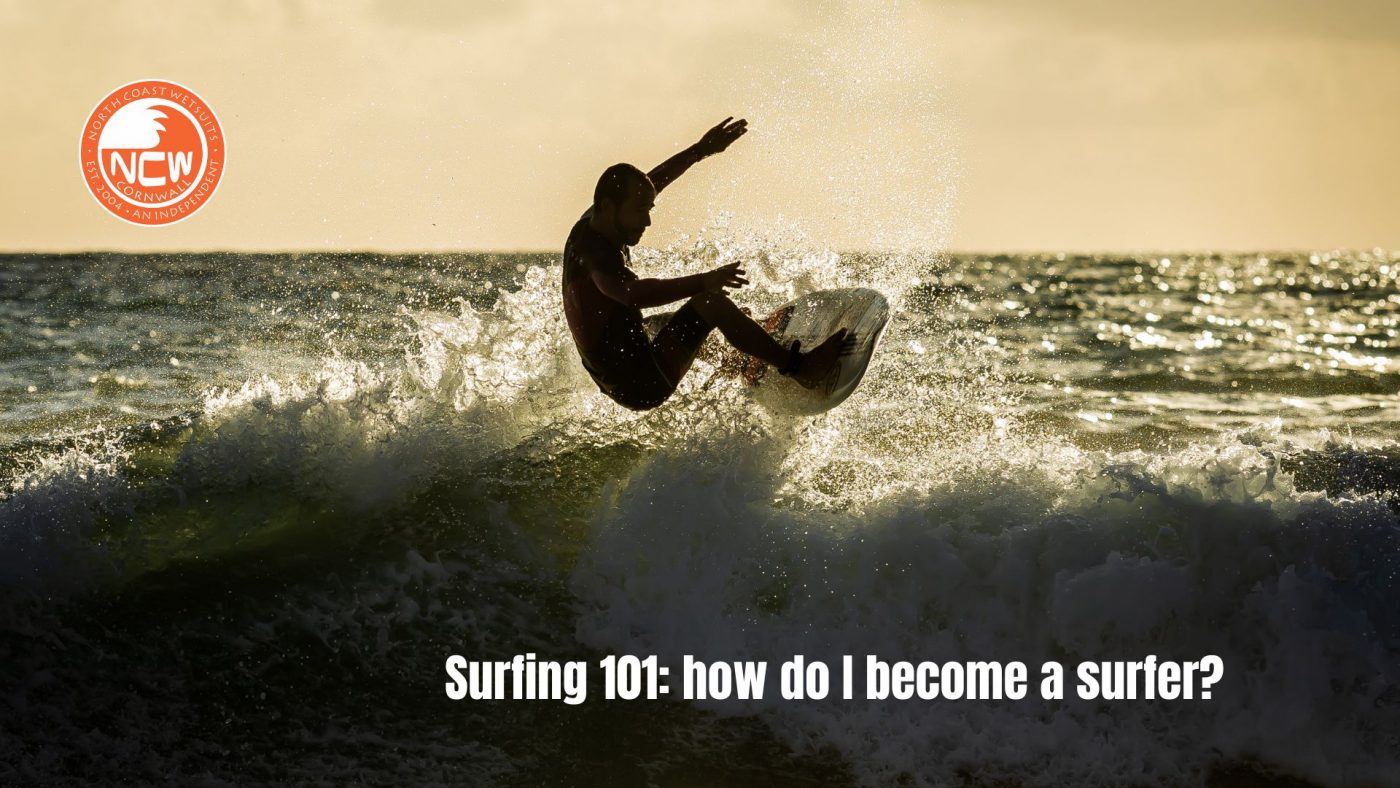Surfing has many guises. There are, of course, the pros who rip, shred ‘n’ tear as career wave riding professionals. You then have those affiliated to the surfing industry. Shapers, brand owners, retailers and so on. And then there’s the rest of us. We who do it for the love; wave riding for joy in all conditions.
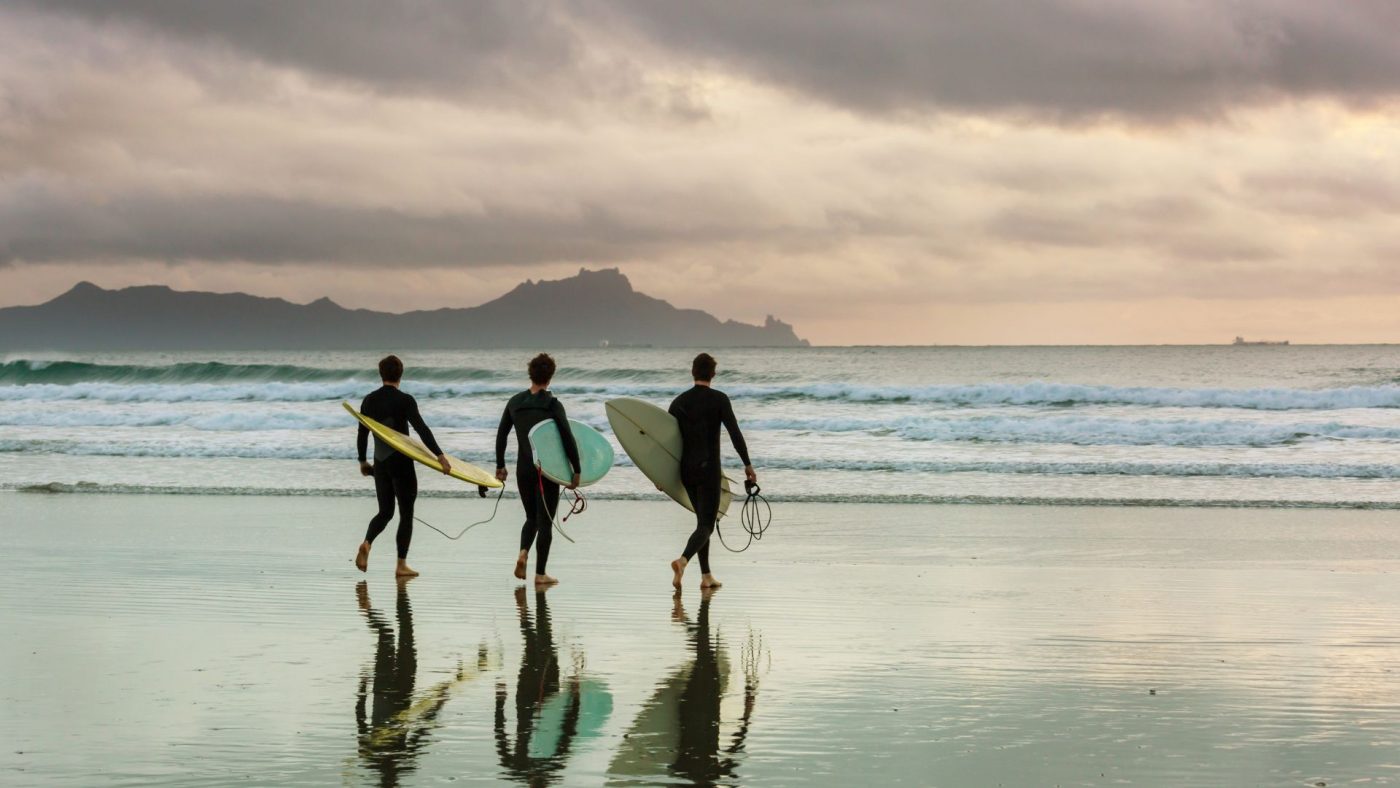
The UK can be hard as a surfer. Mother Nature’s moods are often against us – particularly in winter. And consistency has never been a thing in this neck of the woods. Yet when those stars align there’s nothing quite like the stoke and fulfillment of surfing in the UK. But for anyone yet to have their surfing cherry popped, how do you go about it? The question will definitely be: how do I become a surfer?
Surfing beginnings.
Before we go on we’re not going to be talking about the pseudo-end of the UK surfing scale. Any seasoned wave rider will be well versed in how those marketing bods have used surfing’s image over the years to sell the dream.
Sell-out was called long ago and high street fashion, plus every other mainstream vertical, has used surfing in some way to promote and make money at times. But amongst the flotsam and guff of hype are the real deals. Those wave riders who’ll be out in all weather and simply doing it for the love. This is the type of surfing NCW’s all about and what we’re chatting about in this article.
Starting off as a surfer is simple if you reside by the coast. Not so much if you’re miles away. Staring at images and vids of idyllic waves being slid it’s hard to imagine how to get your own slice of the surfing pie. Yet achievable it can be.
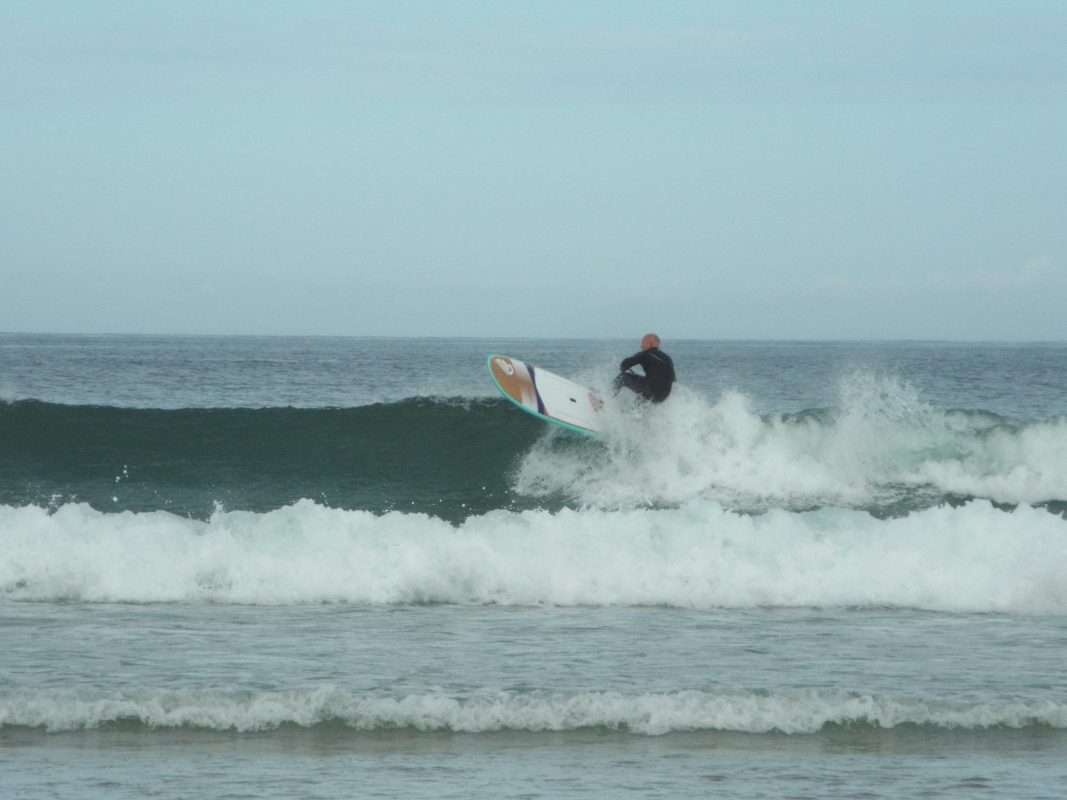
Whatever part of the UK you choose to call home there’s a coastal beach within relatively easy striking distance. A few hours in the car and you’ll find yourself somewhere to get wet. The surf mightn’t be tropical but if there’s an ocean pulse chances are you’ll be able to get momentum and be pushed toward the beach. You just have to make the decision to commit.
Do I need a surfing lesson?
There are plenty of surfers who learned on their own. And whilst this is certainly a route to surfing proper it’s not the most efficient. Much is known about the mechanics of surfing these days. And surf instructors/coaches are all over exactly which methods to employ when getting new recruits up to speed.
You’ll be given the right surfing equipment to learn with, taken to the correct wave venue, and passed that essential knowledge and understanding whilst having a watchful eye cast over your first tentative steps. Feedback and coaching will see you improve quickly with a surfing instructor. There’ll be plenty of dunkings and it may seem futile at first. But trust us when we say these first sessions have a steep learning curve.
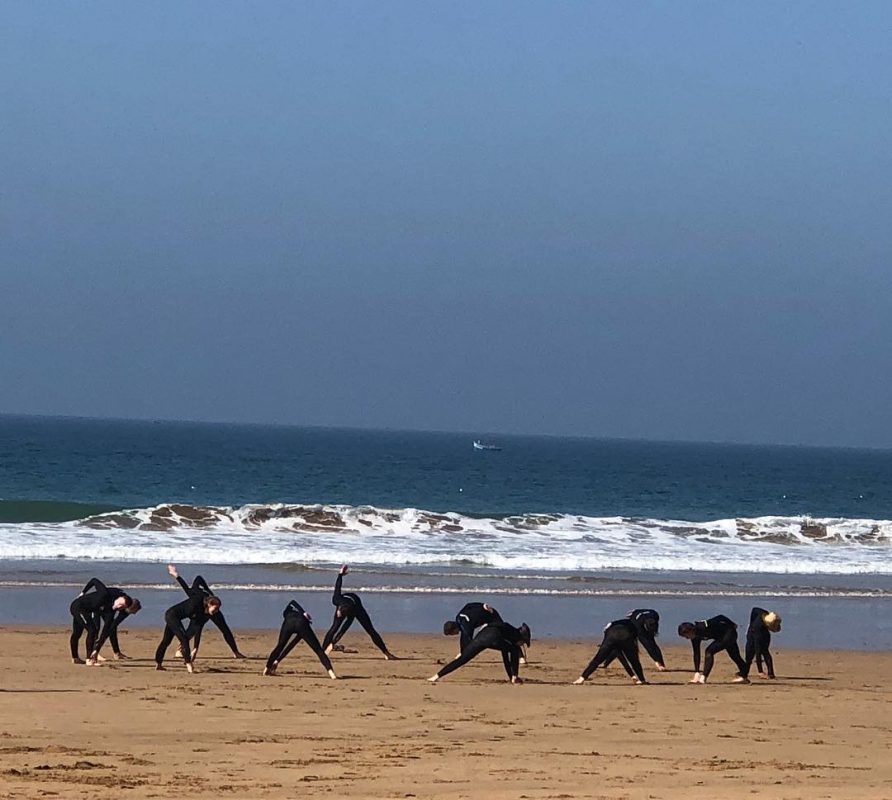
So your first port of call when looking to become a surfer is getting some instruction. You should be scoping for accredited surf schools in areas you can easily access. There are plenty around. Surfing England’s website has a ‘find a surf school’ page which lists accredited centres around the UK that’ll get you started. You can check that out by following this link – https://www.surfingengland.org/english-surf-schools/
Bottom line when beginning your surfing journey is lessons and coaching are well worth it. In fact, as you progress instruction remains a fast-track way to improve and become more confident in the waves and ocean in general.
Isn’t the UK too cold for surfing?
There’s no question UK waters are cool. Summer generally brings a warmer feel to air and water readings but it’s still chilly compared to some global surf destinations. Every year there are a handful of days where mercury levels get to required boardshort riding levels. But even then there’s often a nagging breeze in the mix which can cause wind chill.
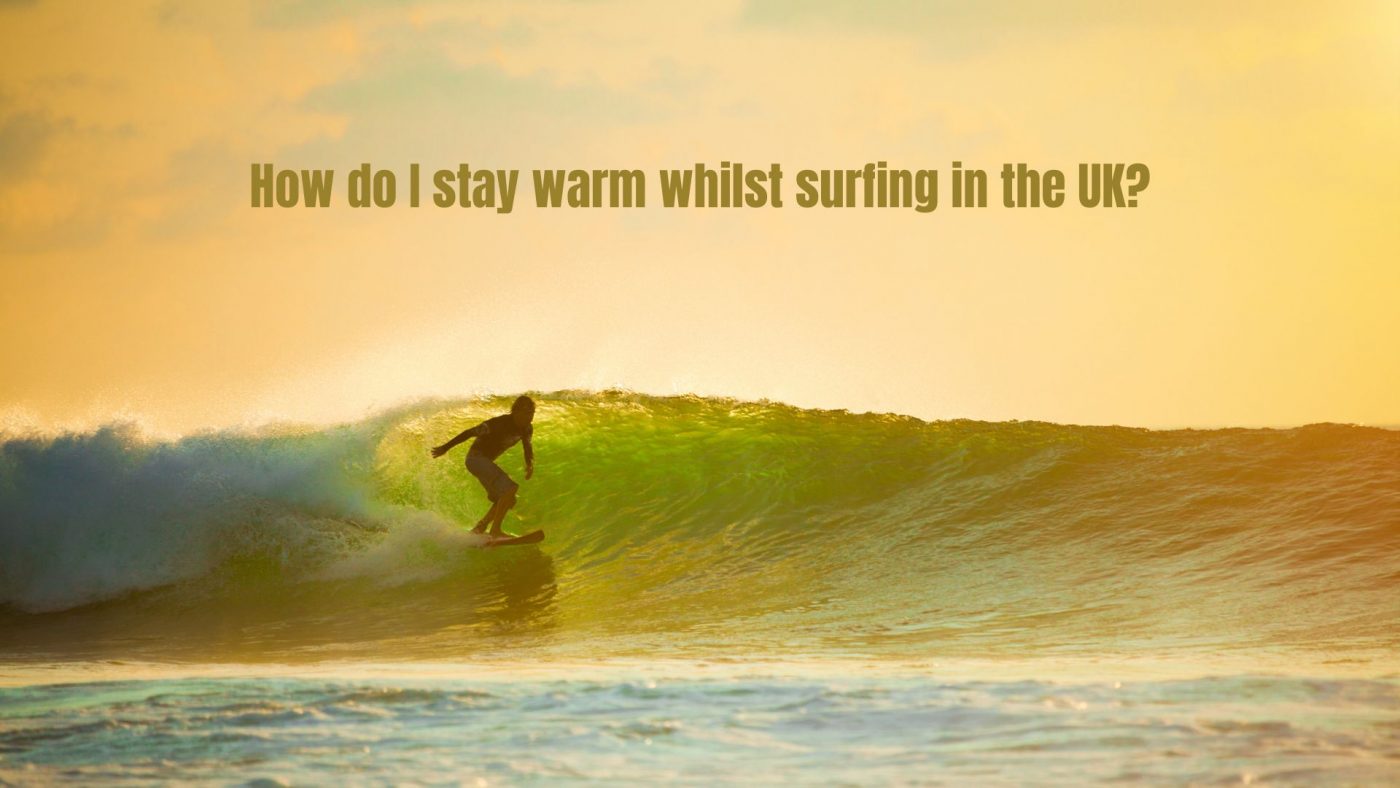
With wet bodies and evaporative cooling surfers wearing just shorts and rash vests will no doubt get cold. Or at least not last as long as they would normally. And who wants to miss out when the waves are pumping? A wetsuit is therefore a must for year round UK surfing.
It should be noted that UK water temperatures vary considerably depending on the area you’re going to be riding (this article sheds more light on seasonal water temperatures). The North Sea, for instance, gets its fair share of swell. But it’s a much colder body of water than the SW’s Atlantic. In Cornwall, beaches are blessed with the warming Gulf Stream that keeps things toastier.
And then there’s the UK’s south coast, which isn’t benefitted from a warm current, but no less does see balmier conditions in summer due to the English Channel’s shallow nature. Shallow water warms much quicker with the sun’s heat on it. But come the off season it cools much quicker and the temperature can be a lot less than Atlantic facing coasts. This is yet again another reason why good quality wetsuits are needed for all year round surfing in the UK. Check out this article to see what NCW wetsuit we suggest for times of the year.
Wetsuit quality, manufacturing techniques and materials have improved considerably over the last few years. We’re a long way on from those inception beaver tail days. But even the last couple of seasons more recently have seen improvements with overall wetsuit quality and materials being used. In particular, greener, more environmentally friendly products are hitting the market which do an amazing job of keeping you warm in the ocean.
One example of this is being able to get away with thinner neoprene versus the actual temperature of the sea. You may be able to wear a 4mm wetsuit for a lot longer than previously, only switching to a 5/4m or 6mm for the very coldest winter months surfing.
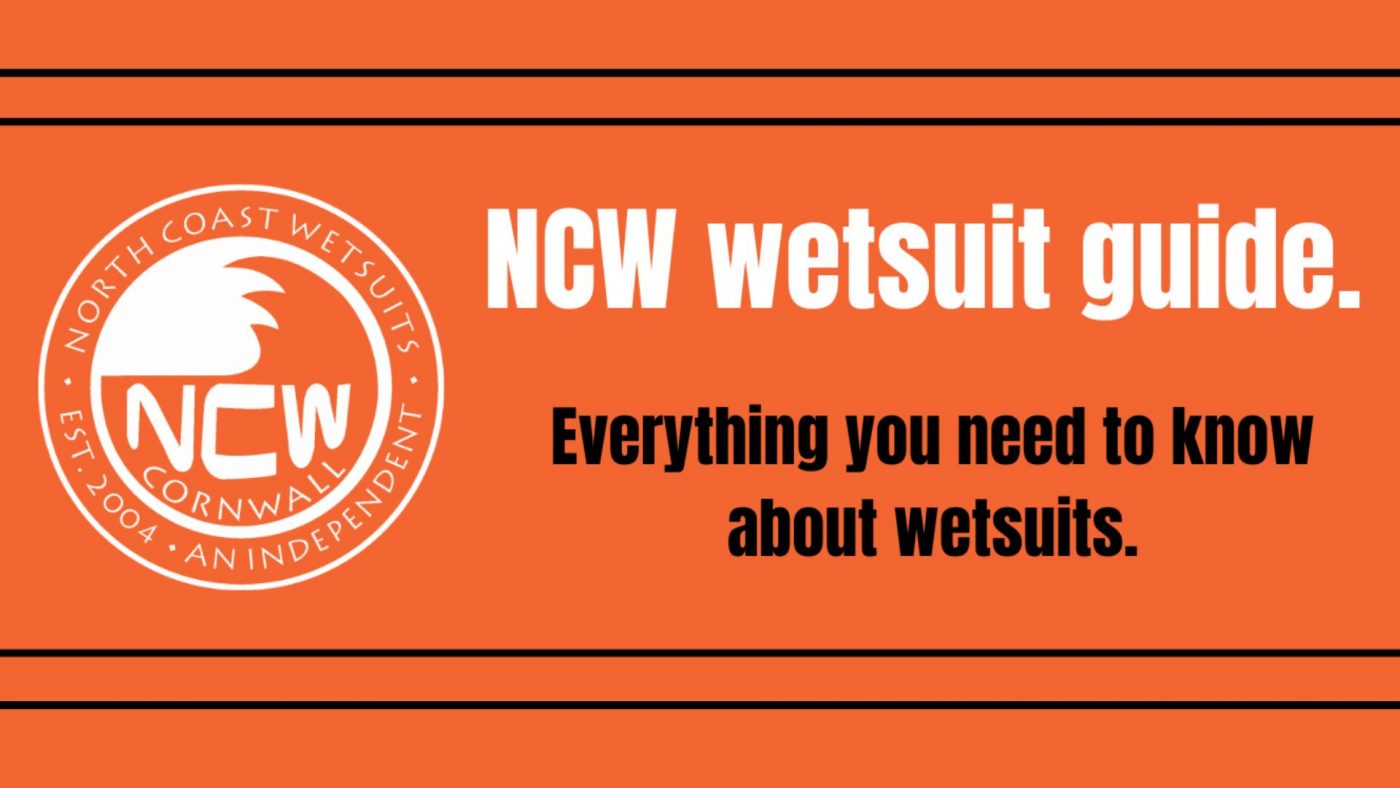
The long and short of surfing in the UK, whatever your level and whatever time of year you’re doing it, requires a good quality wetsuit fit for purpose. If you need any kind of wetsuit buying advice or want to discuss any special needs you may have the best thing is contact us at NCW where we can talk you through the process.
What type of surfboard should I buy?
After those initial surfing lessons, of which a handful would be a good idea (to really get a feel for the sport), you’ll get an idea of whether you want to stick with it. Some riders only ever hire gear and spend a small amount of time each year surfing. Mostly in summer. Fairweather surfers are abundant during summer school holidays, which is understandable as these are the warmest months. Not everyone wants to do battle with Mother Nature in winter.
If you’re truly bug bitten by surfing you’ll want to at some point get your own equipment. There’s nothing quite like buying your first surfboard. With fistfuls of cash, it’s off to your local surf emporium to ogle all those wonderful and exotic surfboard shapes.
This can be tricky though as it’s very easy to be lured towards a high performance surf ‘stick’ when what you actually need is a mid-length single fin or longboard shape. Too often surfers end up coming away with a first surfboard purchase which isn’t right – for either the rider’s level and/or the types of wave that’ll be ridden most of the time.
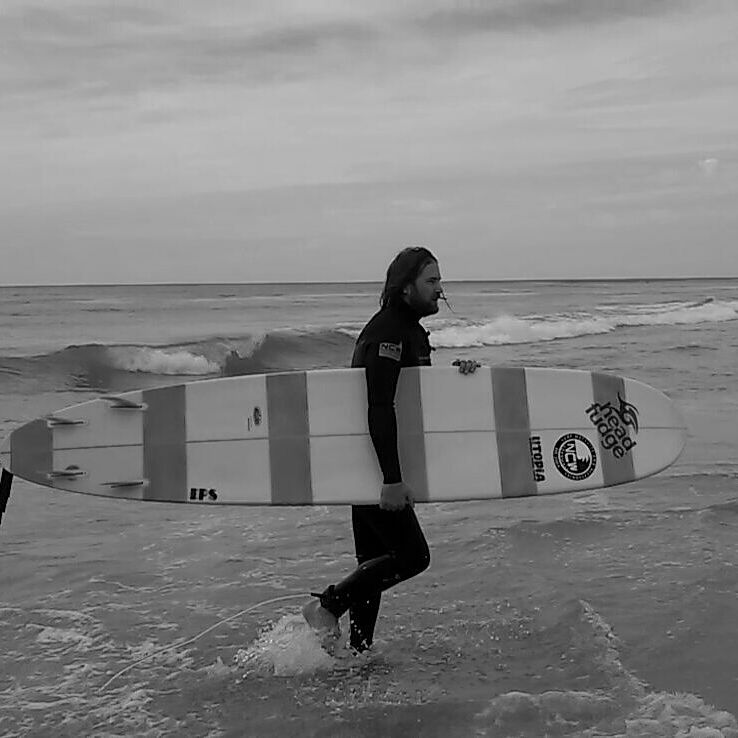
When choosing a brand new surfboard ask yourself some honest questions. ‘How often will I surf? ‘Where will I surf the most and what are the waves generally like there?’ ‘What are more realistic surfing aspirations and goals?’. Being realistic when buying a surfboard is imperative, otherwise, all that initial surfing stoke you’ve built up will fizzle. Losing enthusiasm and motivation for surfing, because of the wrong equipment, is common.
Often the best course of action is heading to a reputable surf shop and talking with the staff (honestly) about your wants and needs. If you can’t make the physical journey then chatting by phone is the next best thing. We’d suggest avoiding making a purchase blindly online as chances are your new shiny board won’t be right. Also, avoid the hype.
A lot has been made about surfboard volume and how that’s the be all and end all in recent years. The board’s overall shape, volume, volume distribution, width, rail shape and bottom contours all play their part. And whilst you think you may know what all this means without extensive riding experience you’ll need some guidance. We’re not trying to patronise here – far from it! Our observations are based on what we’ve regularly seen and heard. Here at NCW we just want you to have the best experience possible as well as the most amount of surfing fun you can.
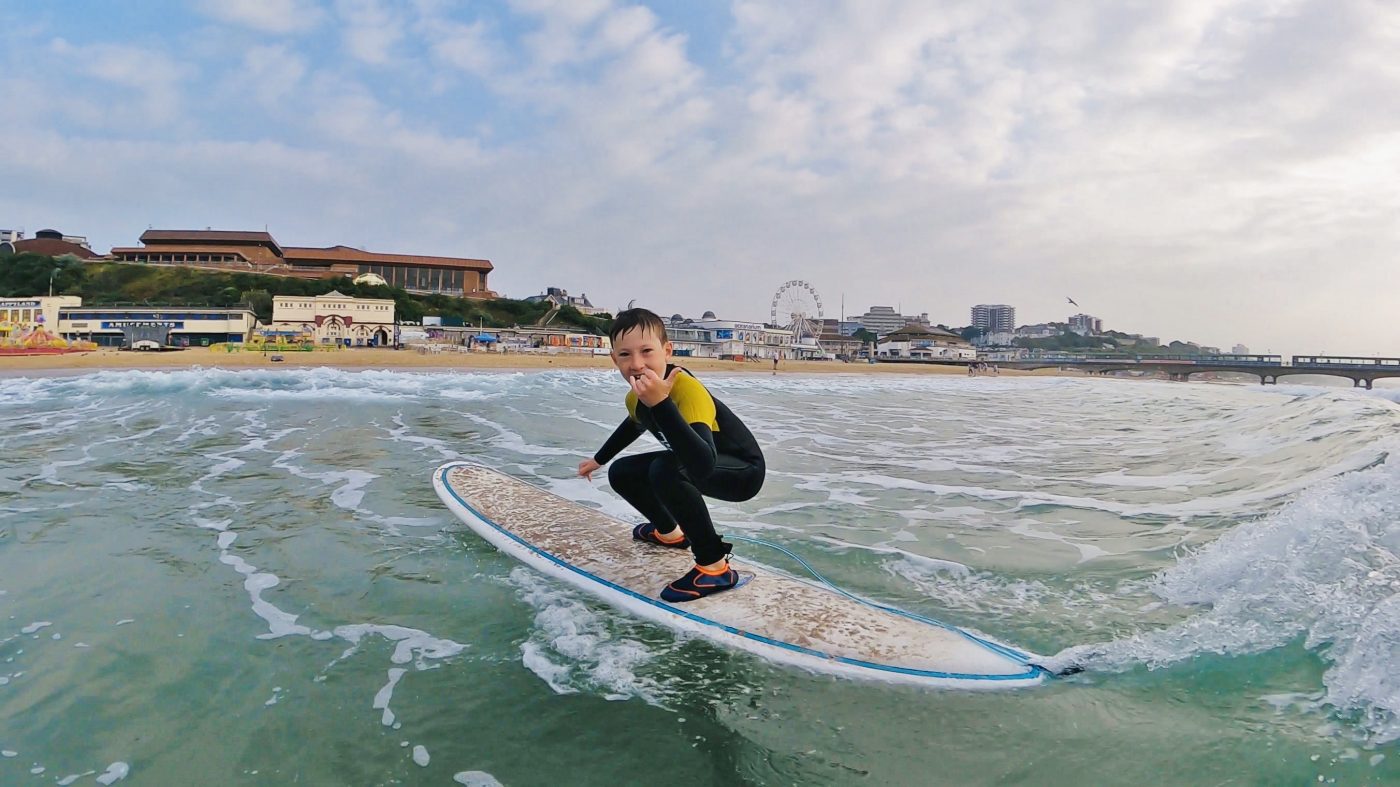
This article adds more info to the surfboard buying quandry.
Essential surfing knowledge.
Surfing skills in the water play a big part, of course, but there’s more to being a surfer than just that. If you want to score the best waves, the most fun, and have the best time you’ll need to become an amateur meteorologist.
These days there are loads of surf forecasting sites and data available to let you know when’s going to be good. And yet, it’s still very easy to miss a session or get it completely wrong. Spotting a five star forecast may green light your session and yet, upon arrival to the best, the wind’s howling and it looks less than predicted. Forecast websites all use modelling to foretell swells and the quality of waves. This doesn’t always take into account local factors and anomalies such as big tides. It’s therefore a good idea to ‘learn’ your spot and be able to interpret forecast data accordingly.
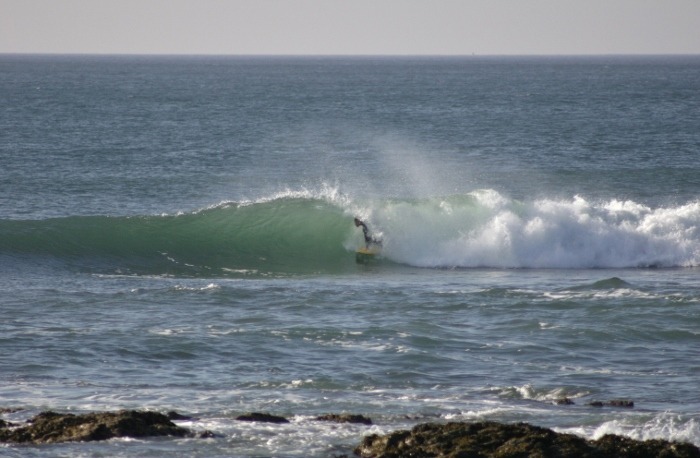
And it isn’t just swell either. You’ll need to know and understand wind predictions and their effect on your venue and tide. Visiting and surfing as often as possible, and then cross-referencing back to the forecast, will allow you to bank essential info about surf spots and locations. It sounds a bit like having to do homework but if gleaning this knowledge lets you choose more wisely when will be good you’ll have more fun. Improving will also be quicker as you’ll score better waves to do so.
Here are a bunch of weather and surfing forecast websites to look at (there are countless more):
- Magic Seaweed.
- Windguru.
- Surfline.
- Big Salty.
- Buoyweather.com.
- XC Weather.
- Met Office.
- BBC Weather.
- Shipping Forecast.
More learning and surfing development.
Weather and surfing predictions aren’t the only things you should be taking note of as a surfer. It’s also worth keeping abreast of the latest surfboard design trends – even if you’re never really going to be riding these shapes. Having some understanding of what makes a board perform a certain way is only a good thing.
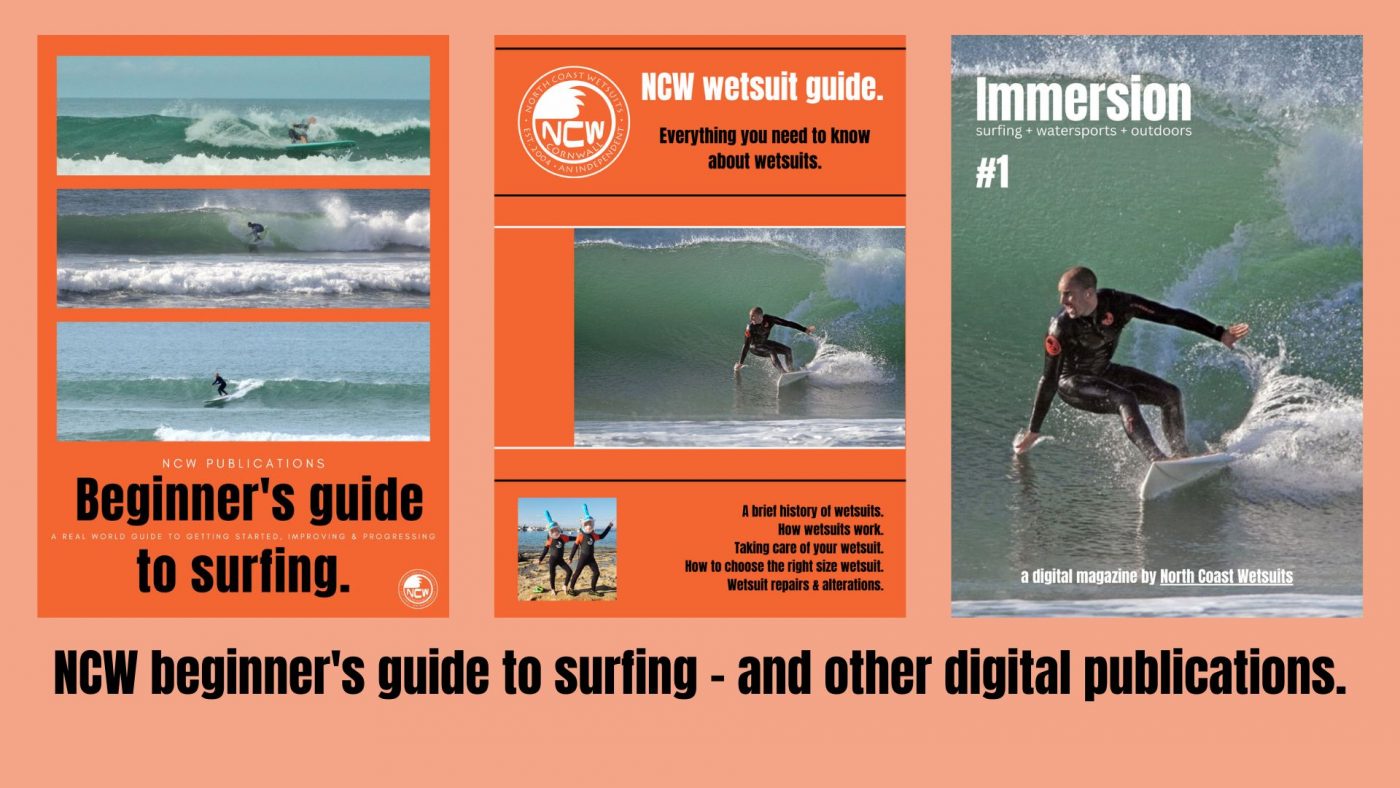
In the know surfers make friends with shapers and regularly make contact to discuss board shapes. This knowledge can then be used (potentially) at a later date when discussing your new sled. A custom board is a thing of beauty. Crafted especially for the rider in question it’s personal, and get it right and you’ll be loving your surfing all over again.
The right shape surfboard really can give your surfing a boost. Surfboard designers and shapers are very perceptive. Even if you don’t have a handle on the latest terms and jargon a shaper worth their salt will interpret what you’re telling them and deliver a board that fits your requirements perfectly.
Other areas, such as wetsuit technology, fin design, surfing technique, health benefits of surfing, surf travel and so on all play their part to help you build up a deeply embedded picture of what surfing is and could be. It’ll keep you stoked about the sport and help you progress and advance should you wish to.
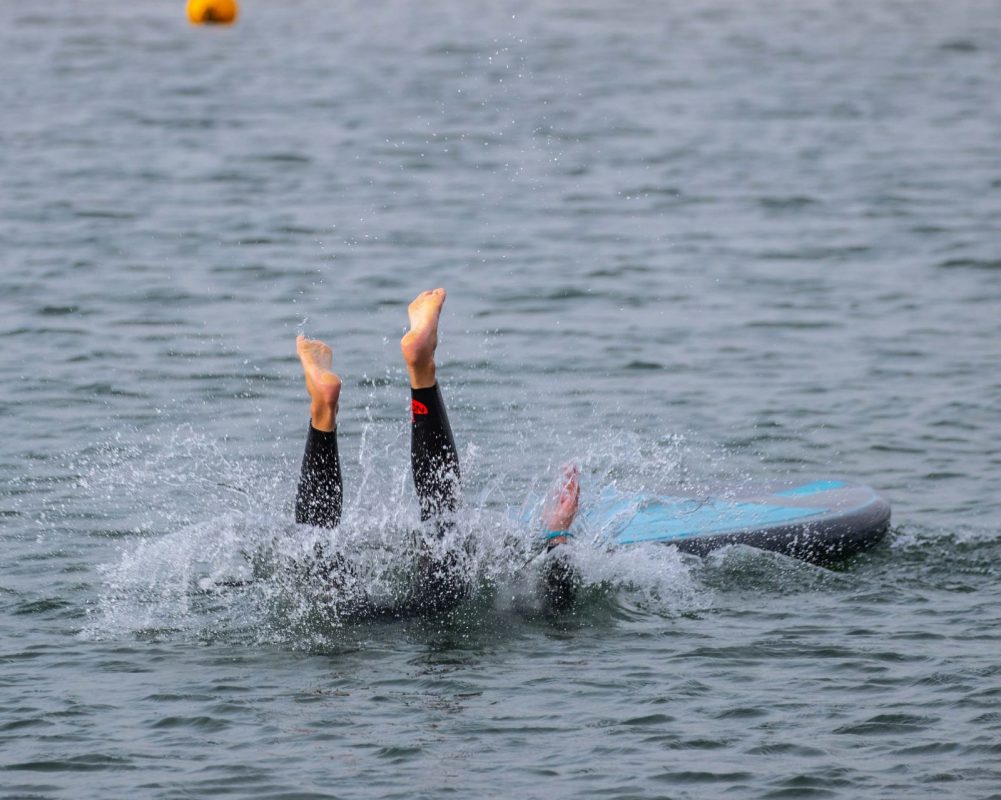
Surfing resources worth a look (there are lots more):
- Surfertoday.com
- Surf Science (Tony Butt).
- Storm Rider Guides (Low Pressure Publishing).
- Carve Magazine.
- Surf Girl Magazine.
- Wavelength Magazine.
- The Surfers Path Magazine.
- The Encyclopaedia of Surfing.
Observing surfing etiquette and being an ambassador for the sport.
With more and more riders learning to surf breaks everywhere are getting more crowded. There is no shortage of surf rage stories with tales of drop ins and riders snaking waves leading to biff on the beach. Everybody in the water should respect each other and learn surfing’s rules of the road. If not to be courteous then for safety’s sake. Nobody wants a surfboard to the head when it could’ve been avoided. And nobody wants altercations on the beach following an ‘incident’ in the water. It’s bad form and leaves a nasty taste in the mouth for everyone.
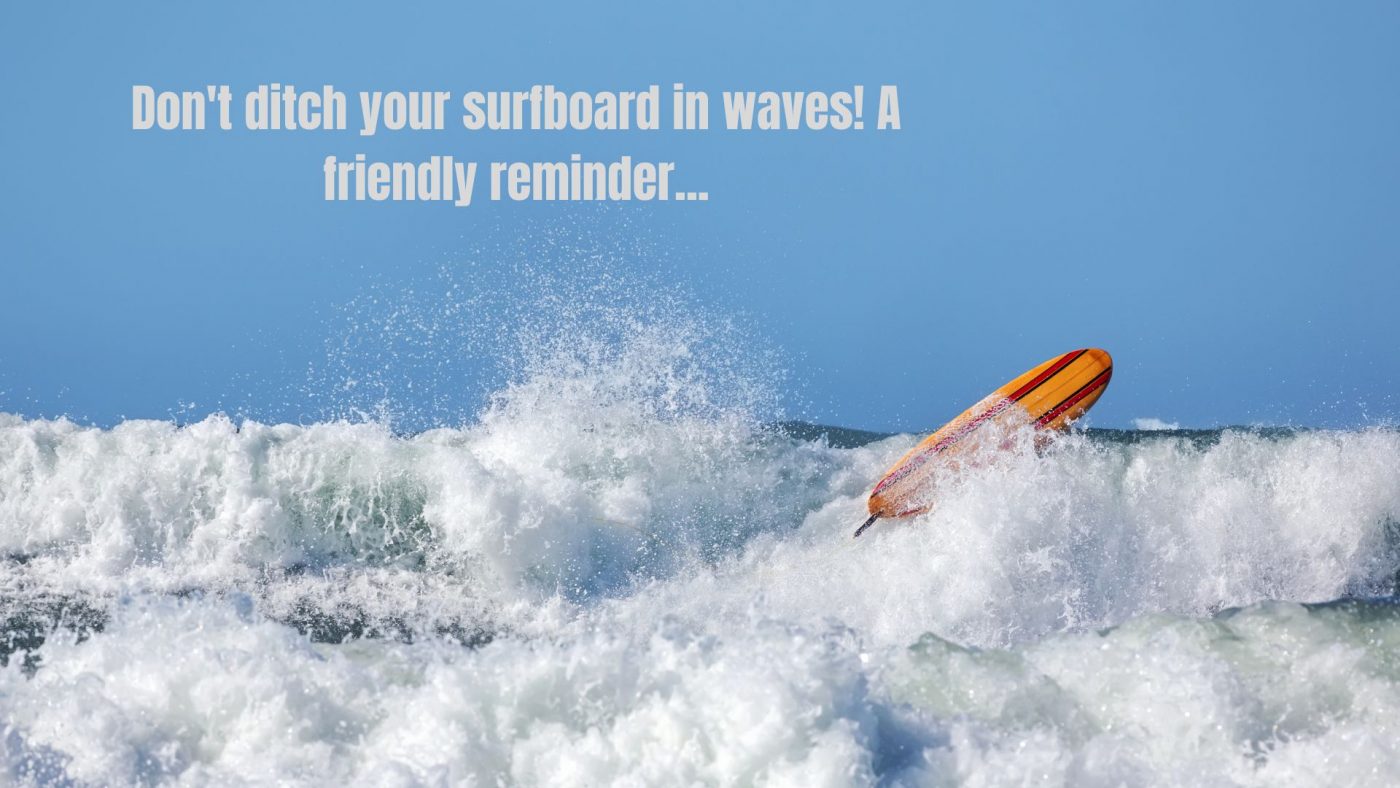
Surfing etiquette should be observed and adhered to. It’s especially important at busy locations but also anywhere there are other rides. Showcasing the sport in its best light is how to approach surfing. As well as not looking like a total kook yourself. If another rider isn’t abiding by surfing’s rules of the road, or they’re acting up, best to move away and let them be. Even if it means getting out and moving somewhere different. Karma gets returned sooner or later…
If you’re unfamiliar with surfing etiquette then follow this link – https://surfing-waves.com/surfing-etiquette.htm
Surfing comps and becoming a team rider or pro.
Anyone showing promise for surfing, and/or natural talent, may move on to becoming a team rider or sponsored surfer. Competitions are an obvious route for those really wanting to show off their surfing prowess. And there are a number that take place each year in the UK.
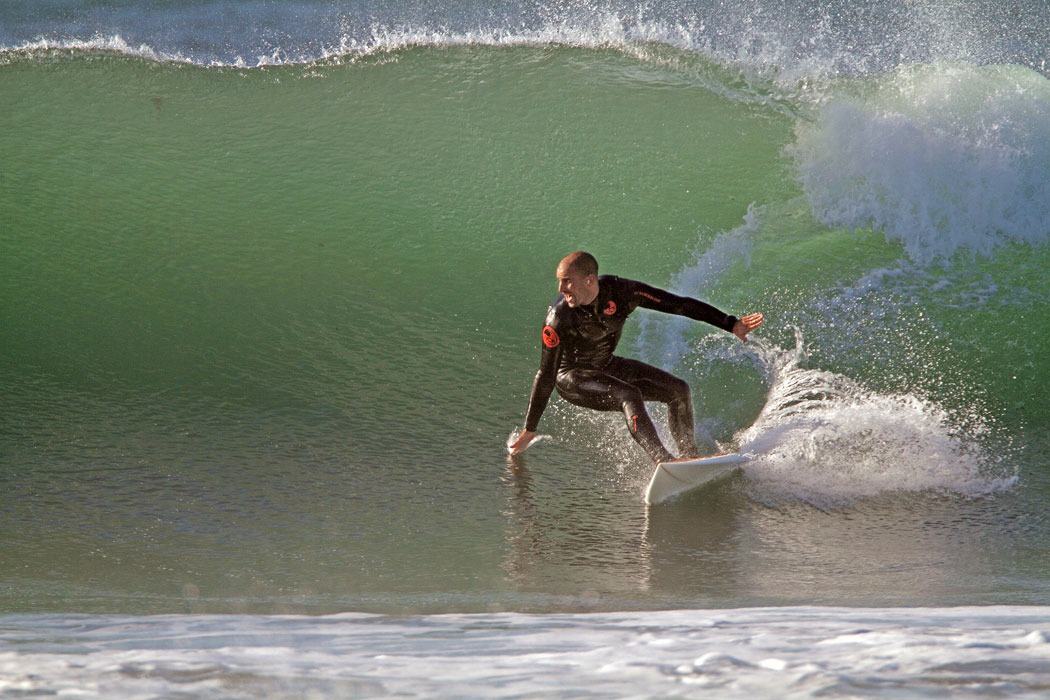
Surf comps are hard fought with some riders loving the buzz of an event. A good many, however, don’t care for comps and tend to avoid them. For most, surfing is personal journey and not about scoring points against your opponent. But those who do indulge love it and can possibly make a career out of riding a surfboard – although that’s pretty hard as surfing isn’t bestowed with pots of money to hand out. Still, with the right guidance and mentorship a surfer with skill, who thrives in a competitive environment, may make a success of it.
Becoming a team rider, without having to enter events, is much more of an option. Team riders come in many forms. The main goal, however, is to show off your supporter’s products in the best light possible.
NCW has a team rider programme where we ask these individuals for a regular supply of photo and video content. This content is then used by NCW in a variety of ways to signpost our products and how they can be used for a variety of watersports and outdoor adventure disciplines. Unfortunately, some see team rider programmes as a way to get handouts of free gear and do nothing in return. This is pretty bad form but has happened to us on occasion.
Most, however, are fine with supplying what we ask for regularly. They themselves can then use the same content to help build their own public image and increase personal exposure. In the times we live, where social media is prevalent, self-promotion has never been simpler.
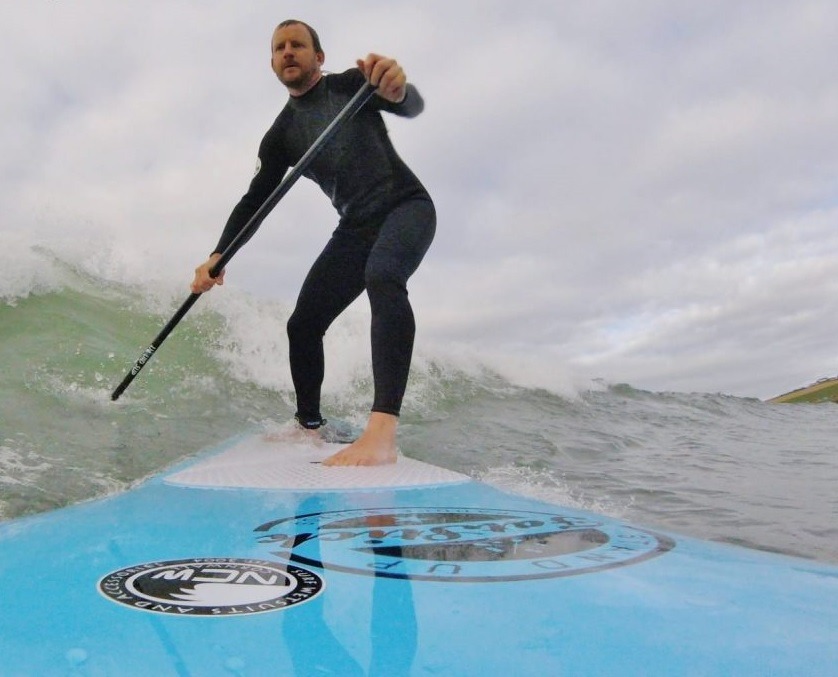
As a team rider for any brand, it’s never been easier to promote and market. Should you be lucky enough to pick up a pay packet or receive financial compensation for working with a surfing brand then be under no illusion you’re one of the very few worldwide in this fortunate position. These opportunities don’t come along often so embrace them wholeheartedly if you do!
Travelling to surf.
Surfing and travelling have always gone hand in hand. Heading off to foreign climes, where the water’s warm and the waves abundant, is what every surf dreams of. For sure, the UK has its good days but getting gone overseas will broaden your surfing horizons no end.
There are plenty of opportunities for overseas surf trips. And even in this day and age, with most surf spots known and documented, there are a few undiscovered locations ready for your arrival – if you’re adventurous enough.
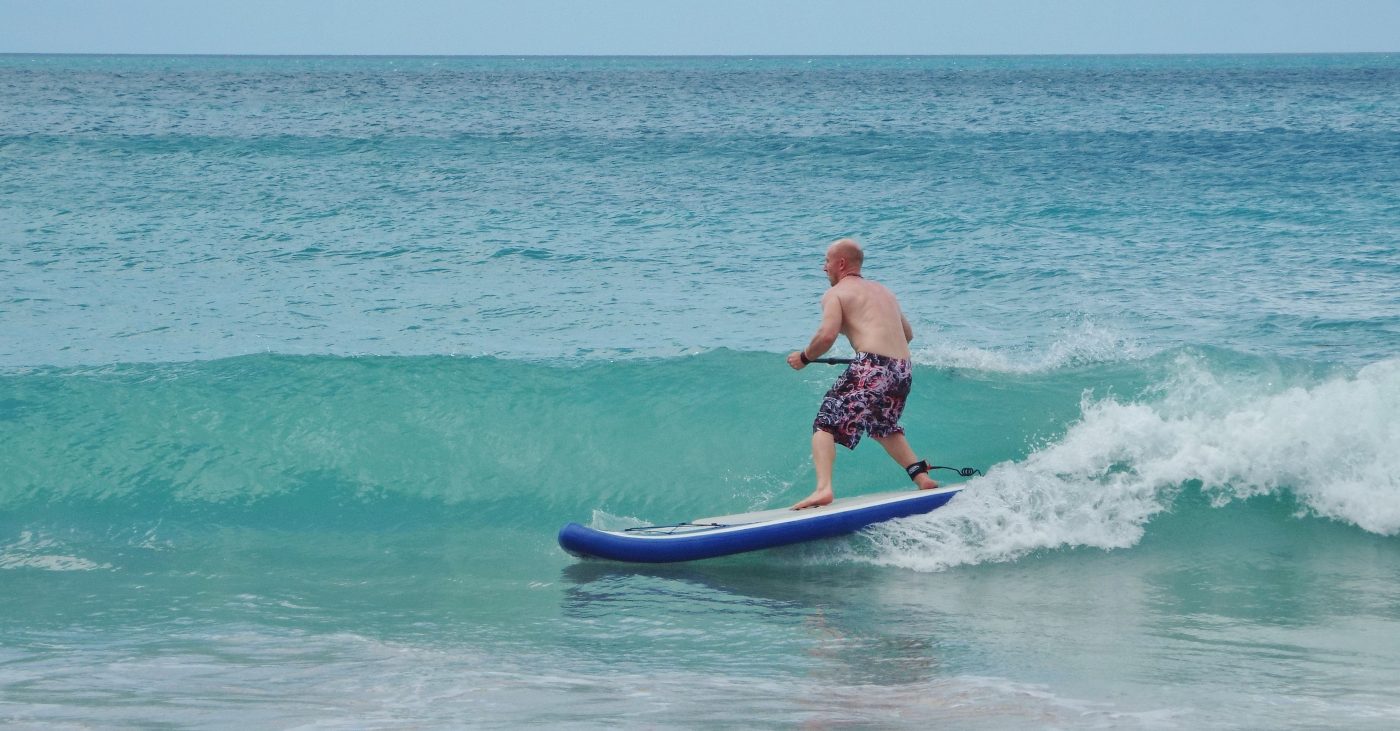
Most real world surfers, however, will plump for the tried and tested. And why not? If there’s a guarantee of a good thing this can be less hassle so it makes sense. Whilst away on your hols you’ll not only get chance to improve your overall surfing skills. Travelling gives everyone the opportunity to immerse themselves in different cultures and see how others live. This is great for broadening your mind and can see you develop as an individual. As such we recommend spending time abroad, whether surfing or not.
Tried and tested overseas surfing destinations within easy reach of the UK:
- France.
- Spain
- Portugal.
- Morocco.
- The Canary Islands.
- Italy (although this is inconsistent).
- Ireland.
- Cape Verde.
- South Africa.
The only thing to consider with surf travel these days is the expense of taking equipment. It used to be much easier but airlines have clamped down on baggage allowances making it potentially difficult for travelling with surfboards in tow. You can do it, for sure. But it may cost you! In some cases, hiring gear once on the ground could be a better bet. The board you end up riding if going this route may be unfamiliar at first but you should dial in pretty soon.
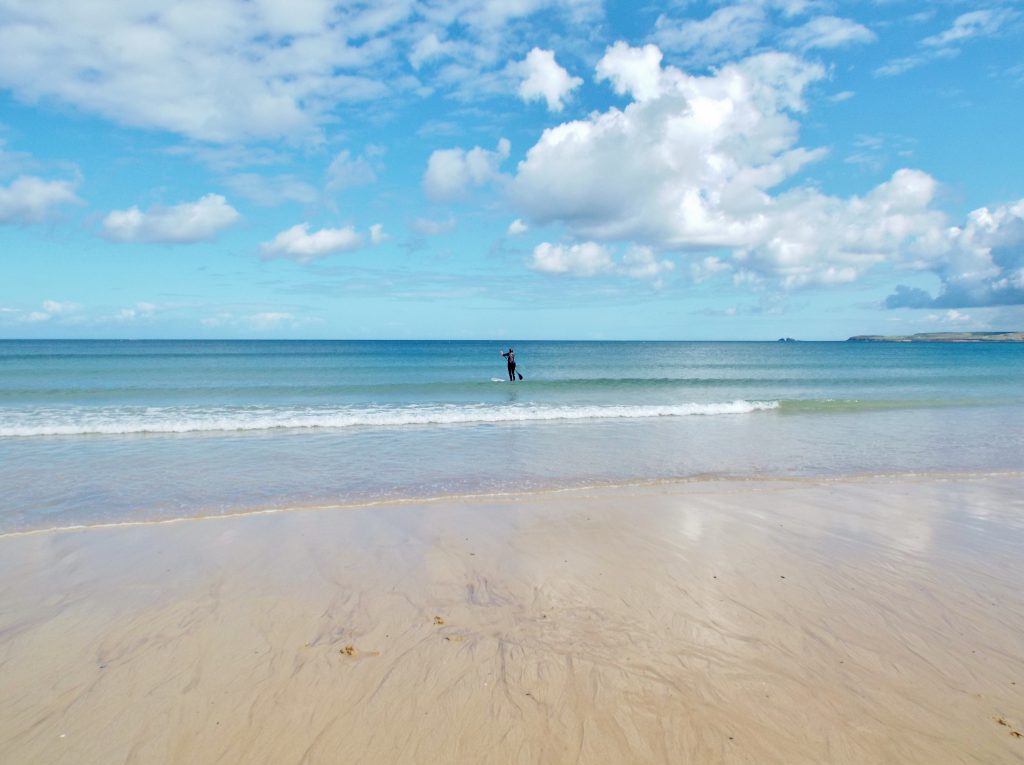
Surf travel isn’t just limited to overseas trips. UK surf travel is a thing as well. There are lots of spots around our coastline with waves of all descriptions and types. Seasonality is a factor, however. For instance, if you want macking slab waves then you’d be hard pressed to find these anywhere in summer (unless you’re super luck!). But for the everyday rider there’ll be fun waves somewhere around the British Isles to score.
UK locations offering the most consistent chance of surf:
- Cornwall.
- Devon.
- Wales.
- The NE.
- Scotland
You also get waves at prime times on the UK’s south coast, the SE and anywhere there’s access to water. It just mighn’t be guaranteed in these locations.
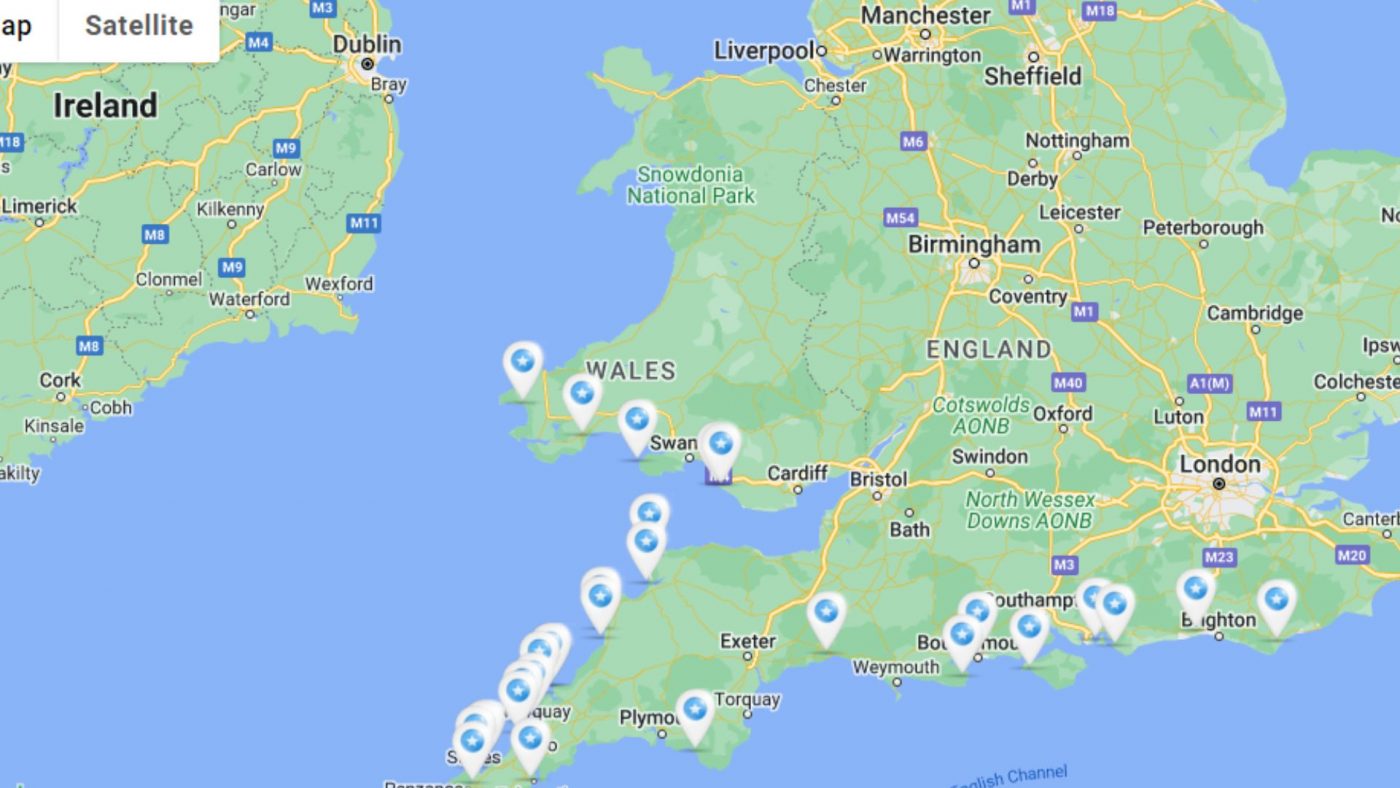
There are plenty of families looking for surf trip options these days. NCW has a large following of family customers who we know are often searching for surf holiday location ideas. This is what prompted us to put together our family surf mini guides. These guides are created to show areas that a family friendly and have potential for some fun in the brine. They’re not all about firing surf, instead being chosen for family practicality. You can find these bitesize guides and interactive map by following this link – https://www.northcoastwetsuits.co.uk/ncws-family-friendly-surfing-spots-mini-guides/
What if I have no time to surf?
Speaking of families, in relation to surfing, getting married and having kids does bring with it additional responsibilities. And it’s these responsibilities that can contribute to a lack of time. Of course, there are other things such as employment and where you reside playing their part. Finishing work during winter when it’s still dark, and living some distance away from a surf spot, isn’t the best for quality surfing sessions. In these instances, you have to take what you can get. But there are other related activities that can help scratch the itch whilst you wait patiently.
You may groan but stand up paddle boarding can be a way to score water time and keep fit. The same with prone paddling as well. Any inland stretch of water is ripe for these two activities. And don’t forget things like kayaking where you can ‘surf’ river waves. Our old friend skateboarding too – the ultimate replacement for surfing on land.
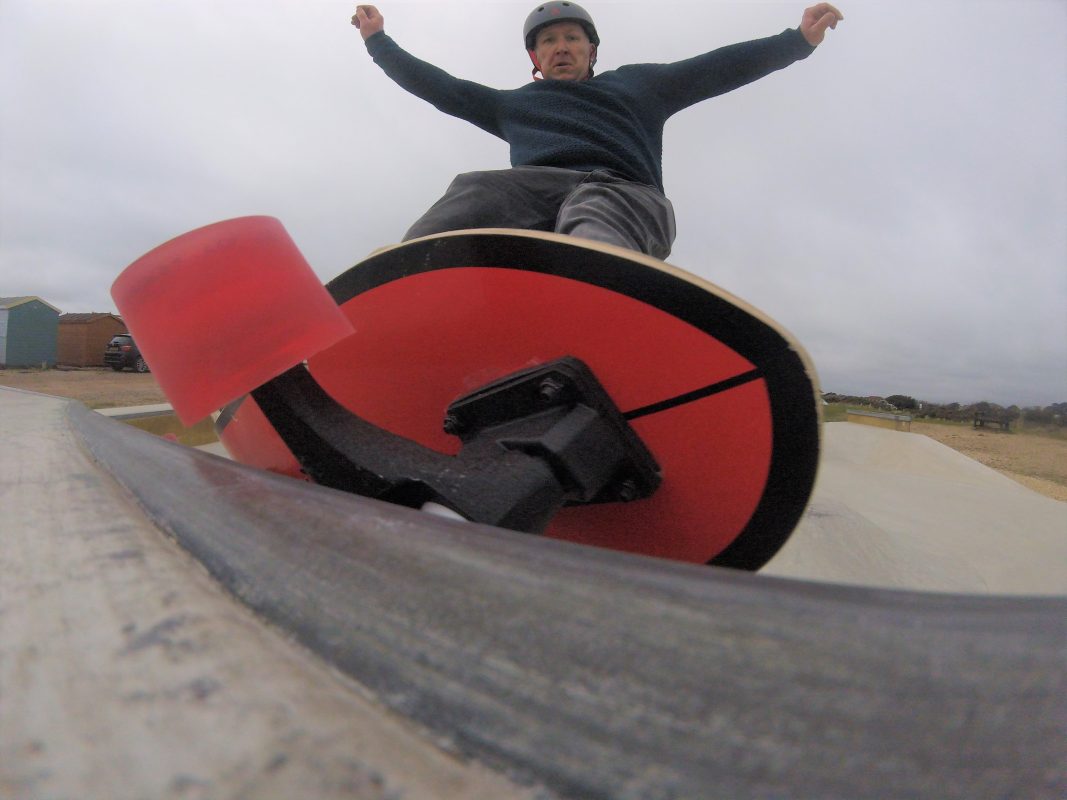
Time is arguably the most precious commodity we have. With more time comes more opportunity to score waves. Commitment and motivation also play their part. Sometimes you really have to search for those surfing windows of opportunity and actually ‘want it’. It’s easy to let ‘stuff’ get in the way and let your surfing slide. There’s always give and take – especially where families and relationships are concerned. And you will miss classic sessions. But equally those magic moments will materialise too.
The rise of manmade surfing wave pools.
Manmade surfing pools have become prominent in the last few years. The UK now has two with talk of more coming soon. This gives additional opportunities to score guaranteed surfing conditions. It couldn’t be easier: book your slot, pay your money, show up and surf.
Some purists may argue it’s not for them, the ocean is a more favourable wave riding arena. Yet more and more surfers are making use of wave pools. Month-long summer flat spells do tend to dive the surfing fraternity bonkers. Scratching that itch, therefore, becomes a necessity. Particularly if you’re not able to travel for sessions.
Currently, there are two manmade wave pools in the UK:
Fringe surfing – bodyboarding, bellyboarding, body surfing and other ways of wave riding.
All this talk of surfing – in the traditional sense – may leave some of you exasperated. Here at NCW, we appreciate not everyone fancies the idea, or in fact can, do the standing on a board and sliding thing. Likewise, some of you mightn’t want to…
Fringe surfing has grown in popularity these past few years. When the waves don’t materialise as forecast, or perhaps aren’t the best quality, other ways of having fun in the ocean can potentially deliver more fulfilment.
We know plenty of stand up surfers who more recently have begun riding alternative craft. Bellyboarding is one of the original ways of surf sliding and doesn’t require riders going out of their depth. It’s an easily accessible and fun activity that rates high on the stoke’o’meter! Bodysurfing is perhaps the most natural form of ‘surfing’ with plenty of ‘riders’ giving it a bash. Tray surfing, mat riding and hand planing are other forms of fringe surfing activities that have gained popularity of late.
The classic fringe surfing vehicle is the humble bodyboard. Scores of bodyboarders descend on beaches each summer. And it’s not hard to see why. Easily accessible bodyboarding is primed to have all comers enjoying some wave riding fun whatever the conditions. It’s a noted route for kids taking their first steps in waves. But adults love it too! For us a NCW we love all these ways of tackling waves. Whatever slaps a smile on your chops is good for us.
Fringe surfing examples:
- Bodyboarding.
- Bodysurfing.
- Bellyboarding.
- Mat surfing.
- Tray surfing.
- Hand planing.
Stand up paddle surfing options.
There’ll probably be a lot of groaning upon reading this section. For many purist surfers, the inclusion of paddle boards in line ups is sacrilege. Adding a paddle is, for them, sacrilege. And yet, for there are fairly healthy numbers of SUP surfers around UK shores – mostly in areas where the waves are weaker.
One issue with SUPs in line ups – particularly hard boards – is the possibility for injuring others after wiping out or bailing your board as a set approaches (which is a no no by the way!). A marauding SUP through a busy line up isn’t good. And is one of the reason paddle surfing has a bad rep.
For competent, experienced riders, however, SUPs offer yet another way to make use of whatever surfing conditions you find on the day. With emphasis on the paddle it’s a unique way to ride ways and can deliver plenty of fulfillment. Plus, being able to paddle distance efficiently gives the opportunity to access out of the way breaks and surf a quiet corner all on your own.
In recent times the inflatable SUP has exploded in popularity. For SUP surfing though it’s a hard board that’ll be best for tackling waves. Inflatables just don’t have the performance required for proper wave riding. You can do aboard one it’s not quite the same. If that’s your only option then so be it. But a hard shell paddle board will deliver much better wave sliding prowess so we’d urge anyone interested to get hold of an appropriate model.
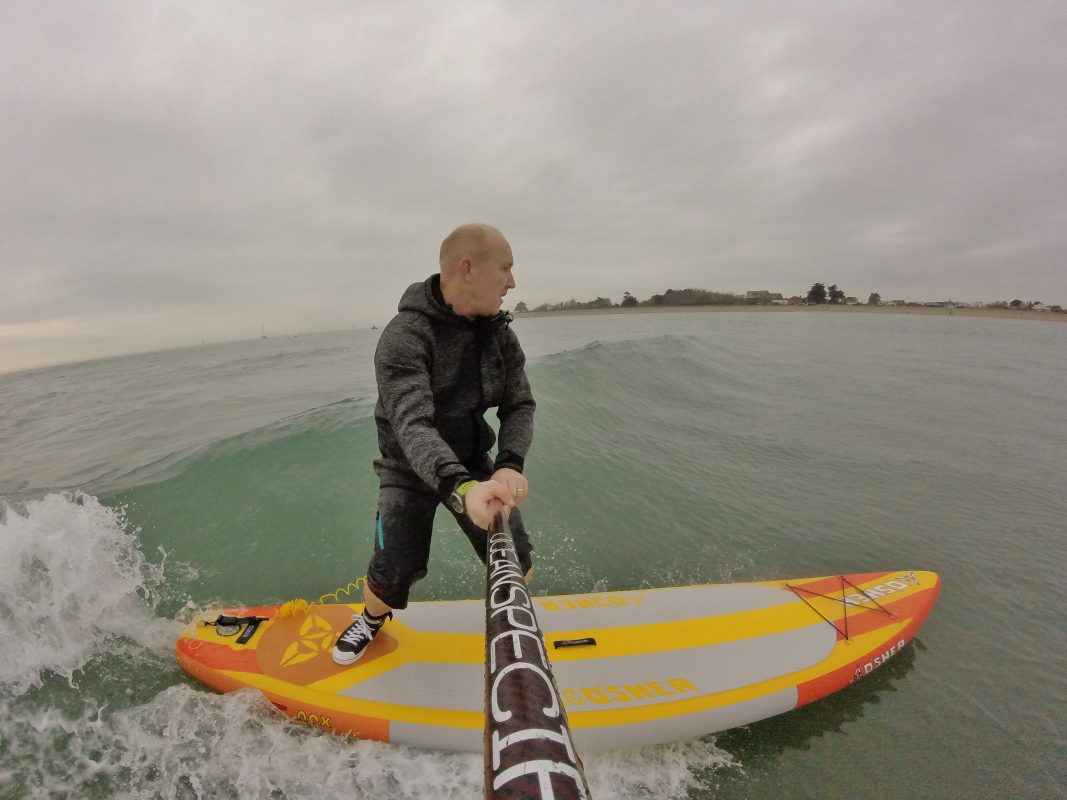
As with standard surfing, etiquette should be observed and a good attitude employed when afloat aboard a SUP. The last thing anyone wants is yet more hassle at popular surf spots. And definitely have your paddling skills dialled in BEFORE heading into waves. Practising on flat water, and getting plenty of prior experience is the best course of action.
Foilsurfing – the new school way to ride waves.
Another activity that’s been gaining popularity recently is foil surfing. This is where super-efficient hydrofoils are bolted to compact surfboards and used to propel riders along above the waves. A little like flying over water.
Hydrofoils are prime for helping surfers make the most of weak or slack waves. Although more and more we’re now seeing foilers take on waves of consequence. Foiling does require some familiarisation and a degree of traditional surfing experience. It can be lethal if done incorrectly and in close proximity to others. Having a foil to the head is no fun! But with a step by step approach foil surfing can up the number of good days in the surf you score. And it’s certainly eye catching that’s for sure.
A word on surfing safety.
Surfing and entering the ocean carries risk. There’s obviously the risk of drowning but other aspects. Collisions with surfboards, which have sharp fins and pointy noses, slamming into rocks on the seabed (even hard packed sand) are all hazards you’ll navigate.
Mostly though you’ll come to no harm. Sure, you may have close calls such as being held down by multiple set waves or losing your board after the leash snaps. But you’ll come out of the situation unscathed, all being well.
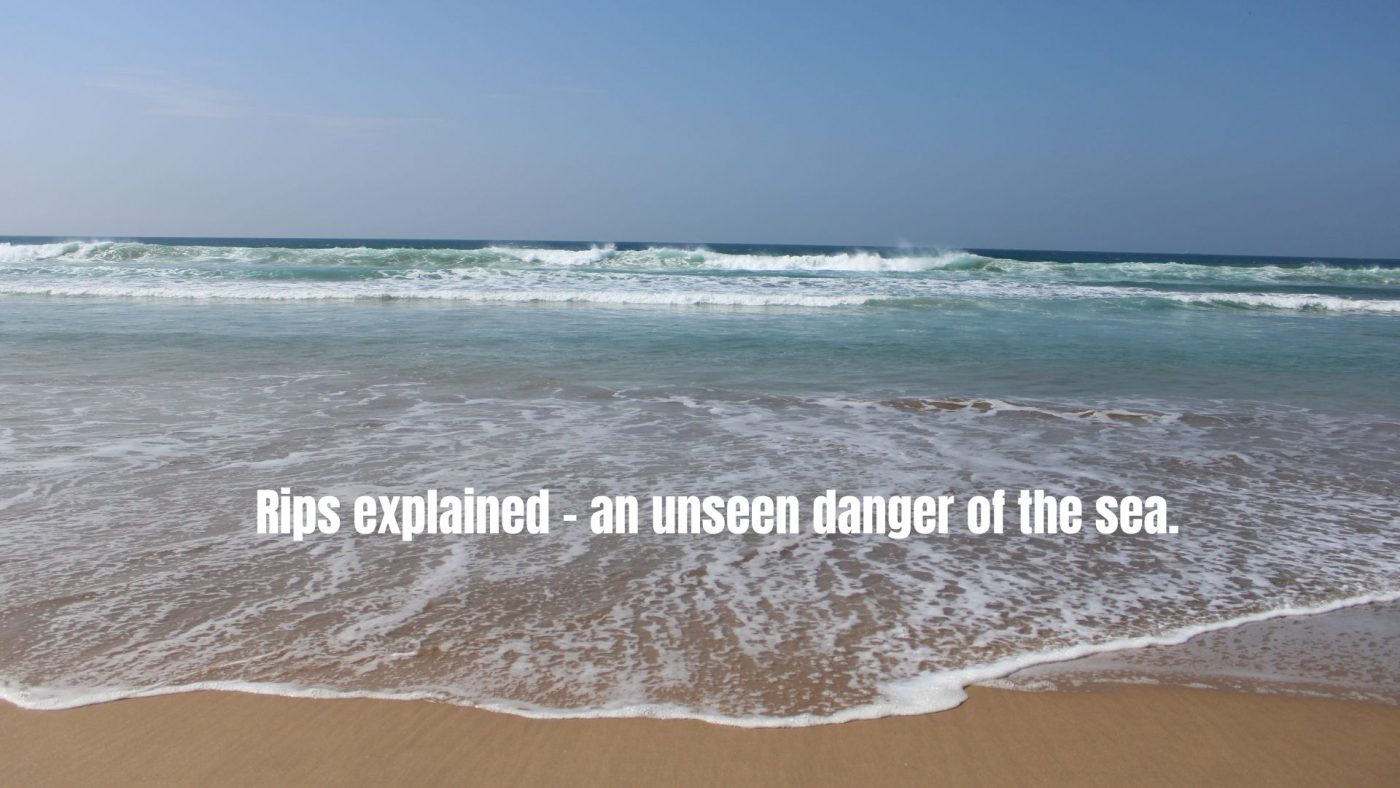
Every surfer has surfing horror stories. But as long as you have a few safety protocols in place you’ll be right. After all, if surfing was a risky sport (to some degree) there’d be no fun in it…
Summing up how to become a surfer.
Becoming a surfer is very much an individual choice. Nobody forces you; surfing is either something you fall in love or don’t. Surfing, as you can see from the above (once you nailed down those basic skills) is open to interpretation.
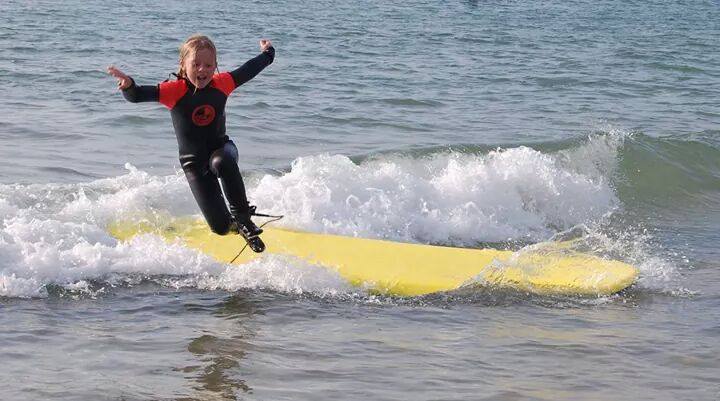
There are no right or wrongs and no definite ways to go about being one. Surfing is a personal journey with the commonality of enjoying the ocean and outdoors at its heart. Ultimately we all want to have fun enjoying our time within nature. Whatever other factors come into play aren’t as important.
If you have any questions about any aspect of surfing mentioned in this article please get in touch with us a NCW.

